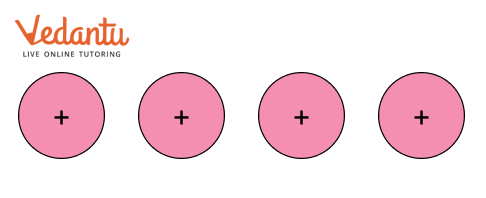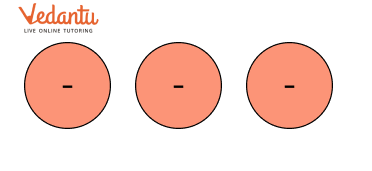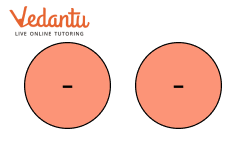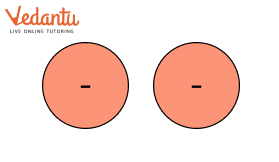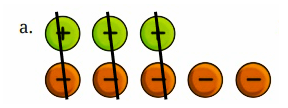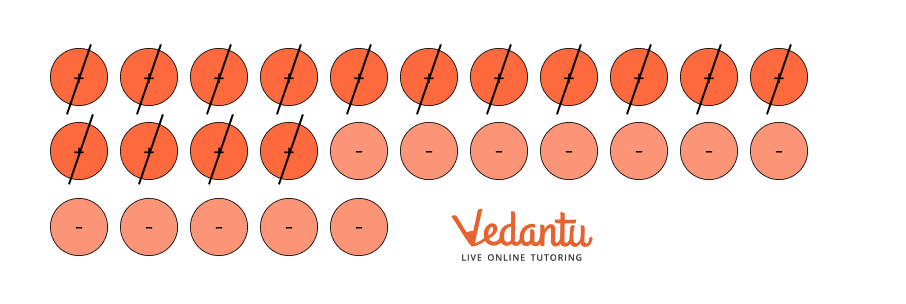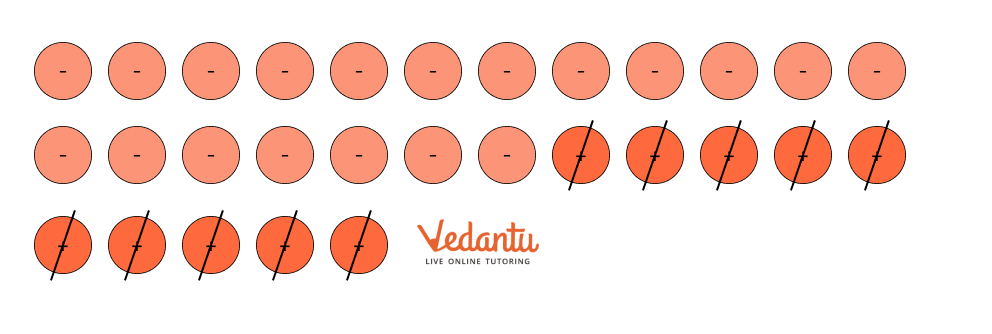NCERT Solutions For Class 6 Maths Chapter 10 The Other Side Of Zero Exercise 10.2 - 2025-26
FAQs on NCERT Solutions For Class 6 Maths Chapter 10 The Other Side Of Zero Exercise 10.2 - 2025-26
1. Where can I find accurate and step-by-step NCERT Solutions for Class 6 Maths Chapter 10, Mensuration, for the 2025-26 session?
You can find reliable and detailed NCERT Solutions for Class 6 Maths Chapter 10, Mensuration, on Vedantu. Our solutions are prepared by subject matter experts and follow the latest CBSE 2025-26 guidelines, providing a clear, step-by-step methodology for solving every problem in the textbook exercises.
2. What is the main concept taught in Exercise 10.1 of NCERT Class 6 Maths Chapter 10?
Exercise 10.1 primarily focuses on understanding and calculating the perimeter of different closed figures. The NCERT solutions demonstrate the correct method, which involves adding the lengths of all sides of a shape to find the total length of its boundary.
3. How do the NCERT Solutions explain the method for finding the area of a rectangle in Chapter 10?
The NCERT Solutions for Chapter 10 explain that the area of a rectangle is the space it covers. The correct method is to use the formula: Area = length × breadth. The solutions provide solved examples with different units to help you master this concept.
4. What is the fundamental difference between 'perimeter' and 'area' as explained in the Mensuration chapter?
The key difference is what each term measures:
- Perimeter is the total length of the boundary of a closed figure (a one-dimensional measurement). Think of it as the length of a fence needed for a garden.
- Area is the total surface or region enclosed within that boundary (a two-dimensional measurement). Think of it as the space available to plant flowers inside the garden.
5. Why is it important to use the same units while solving Mensuration problems?
It is crucial to use the same units (e.g., all centimetres or all metres) when calculating perimeter or area. If you multiply a length in metres by a breadth in centimetres, the result will be incorrect. The NCERT solutions for Chapter 10 consistently show the step-by-step process of converting measurements to a uniform unit before applying any formula.
6. Can two different rectangles have the same area but different perimeters? How do NCERT Solutions address this?
Yes, two rectangles can have the same area but different perimeters. For example, a rectangle of 8 cm × 3 cm has an area of 24 sq cm and a perimeter of 22 cm. Another rectangle of 6 cm × 4 cm also has an area of 24 sq cm, but its perimeter is 20 cm. The NCERT Solutions for Chapter 10 include such comparative problems to build a deeper understanding of how dimensions affect area and perimeter differently.
7. How are the problems in Exercise 10.3 of the Mensuration chapter solved?
Exercise 10.3 contains problems focused on calculating the area of squares and rectangles, including word problems that require you to compare the areas of two figures. The NCERT solutions provide detailed, step-by-step calculations for each question, showing how to apply the correct formulas (Area of square = side × side; Area of rectangle = length × breadth) to find the correct answer.
8. How do the NCERT Solutions for Class 6 Maths Chapter 10 help in solving real-world problems?
These solutions help apply mathematical concepts to real-life situations. For instance, they guide you on how to solve problems like finding the cost of fencing a field (using perimeter) or calculating the number of tiles needed for a floor (using area). This practical approach makes learning more intuitive and useful.




















